The Icons Issue | Dior Cruise'25
Maria Grazia Chiuri explores iconic references from Scottish landscapes for Dior's latest Cruise collection. In a nod to the maison's founder, Christian Dior, and his connection to the country, the creative director of womenswear connects past and future in what is also a tribute to the strength of a queen, Mary Stuart, Queen of Scots.
The gardens of Drummond Castle served as the meeting point between the Parisian savoir-faire of the Dior ateliers and the symbols that are the calling card of the Highlands: like the unavoidable tartan, for example - “Tartan is probably the only fancy fabric that resists changing fashions”, wrote Christian Dior in the Little Dictionary of Fashion -, assumed as a guiding thread, mixed in with the lines from the French maison such as the iconic bar jacket. But this alliance between the two lands is not new. In 1955, Monsieur Dior presented his collection right there, in Perthshire, in the ballroom of the Hotel Gleneagles, a presentation that encouraged the brand's return to Scotland, now in the hands of Maria Grazia. Chiuri used this narrative framework from the past to weave memories, inspirations and suggestions into looks that celebrate both destinations: Paris and Perthshire, but also past and present, idiosyncrasies and avant-garde.
In subliminal messages in the silhouettes and pieces, the unicorn and the thistle, both Scottish symbols, encourage a never-before-seen variation of the Millefleurs motif and are transposed into heraldic embroidery, conveying the mastery of this exceptional technique, which is in itself a language, even a form of resilience - in fact, an emblem of Mary Stuart that can be found in Clare Hunter's book, Embroidering Her Truth: Mary, Queen of Scots and the Language of Power.
But the Highlands capture the looks of this Dior Resort 2025 in more ways than one: a map of Scotland adorns some of the pieces in this pre-collection, revealing a cartography of collaborations and cultural encounters implemented especially for this show. Returning to the unavoidable tartan and its aggregating power, by mixing different chromatic palettes with the kilt's cut, this historical fabric, intrinsically characteristic of the region, which crosses the fashions of the past and present, from romanticism to punk, now punctuates the tailoring codes by Dior in looks that mix contrasting elements, namely the divergent textures of velvet and lace that dress the contemporary equestrian. In the silhouettes, the Scottish imagery of the period wardrobe is also imprinted: exaggeratedly wide sleeves on white shirts that peek under little dresses with gathered skirts and bodices decorated with embroidery or lace collars that, in turn, give shine to the black, as well as jackets and capes with large hoods, are some of the symbols that seem to shout “Great Scot!”. Also in much lighter materials, instead of the usual wool, tartan is, if it hasn't been clear yet, the star of this celebration of the kilt, whether it is made directly in Scotland or reinterpreted by the Parisian house.
The synergy that was created here between brand and place, between clothing and territory, between Maria Grazia, Dior and Scotland is irrefutable, palpable almost literally in the images from Monsieur Dior's presentation for the summer of 1955 that now appear in prints or as adornments on the edges of kilts or fitted coats, in a kind of cinematic montage that works as a memory album in this Cruise 2025 collection. An interconnection of affinities that crosses time - almost seven decades passed between one presentation and another -, in a testimony that revisits stories of formerly, but which are still contemporary. Because the work of an icon, and an iconic brand, may have a chronology, but it will never be dated.
Translated from the original in Vogue Portugal's The Icons Issue, published November 2024. Full story and credits in the print issue.
Most popular
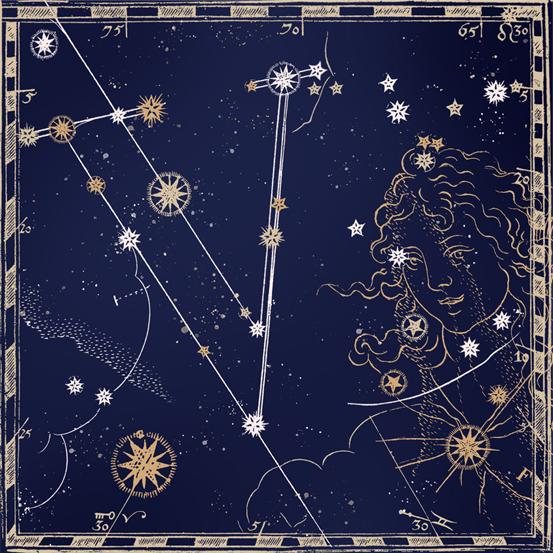
.jpg)
10 things I bark about you: será passear o nosso cão a nova dating app?
03 Nov 2025
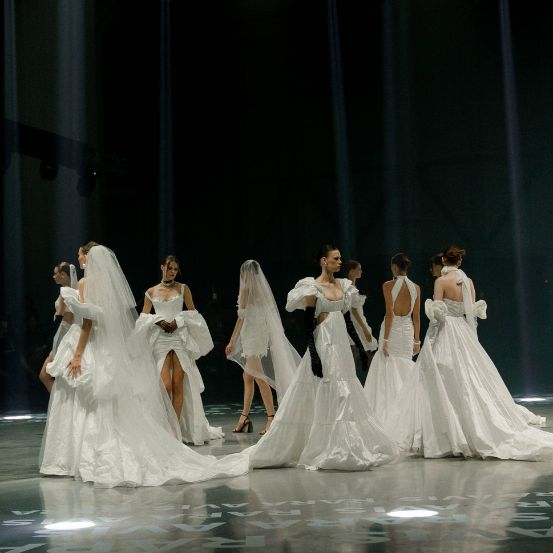
Relacionados
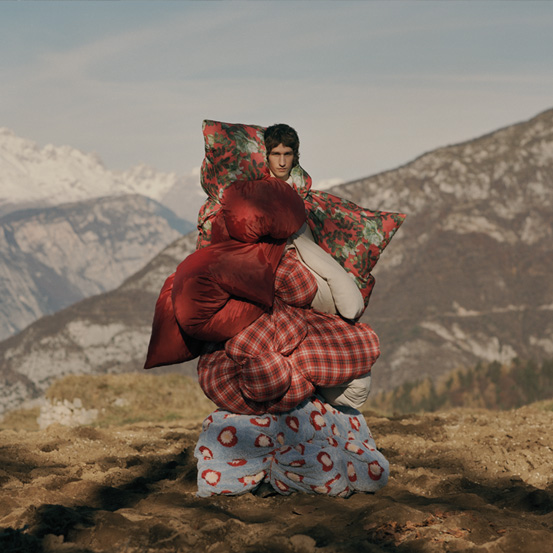
Editorial | The Art of Living, novembro 2025
06 Nov 2025
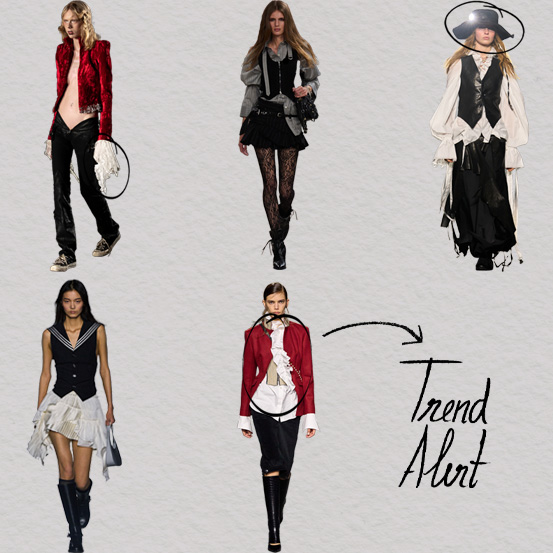


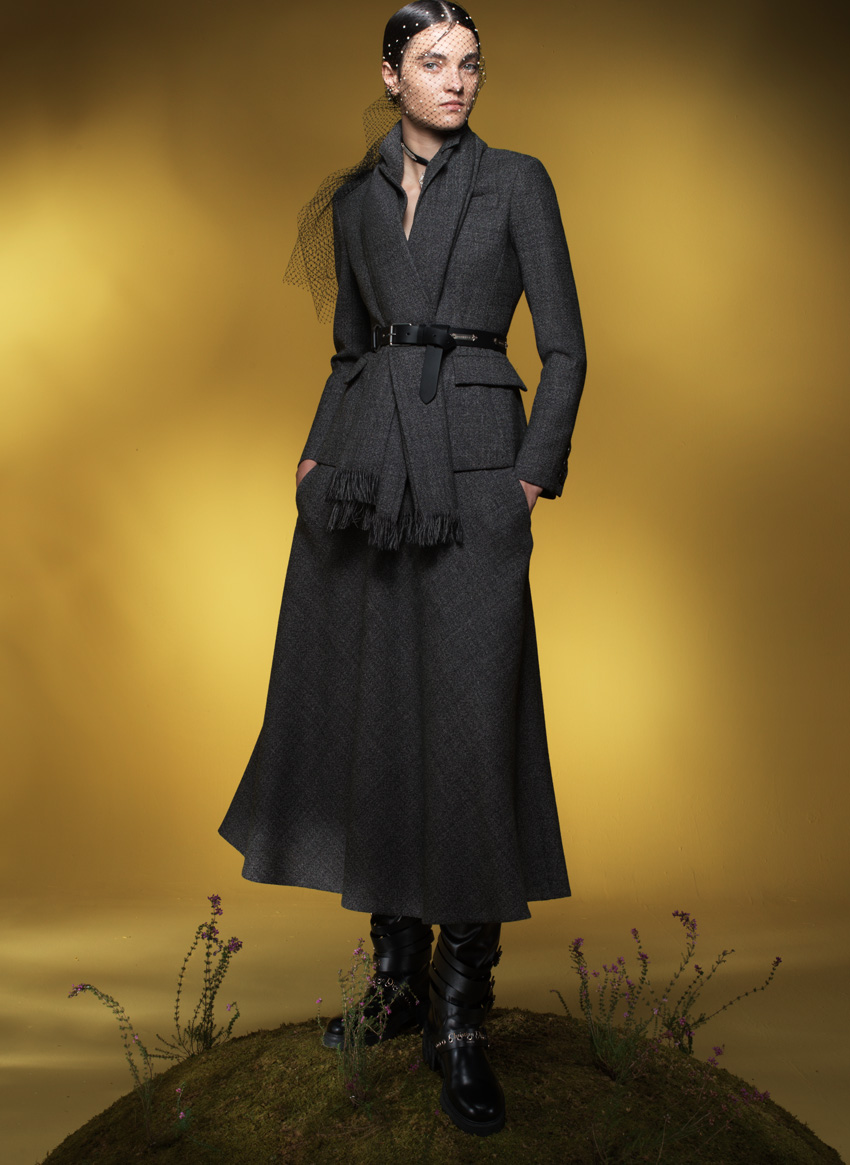

.jpg)